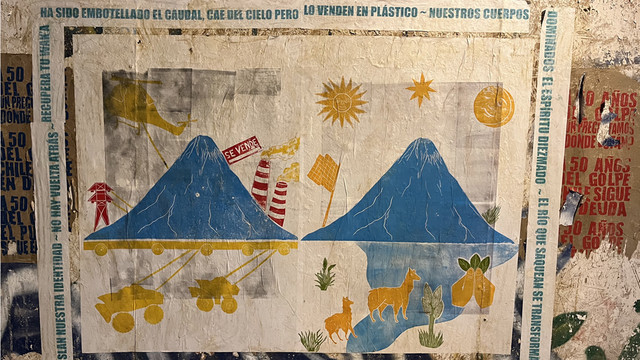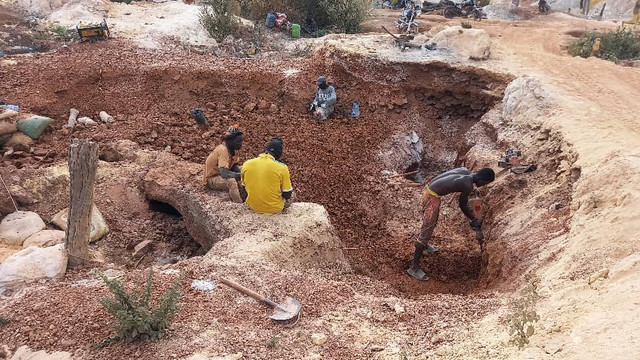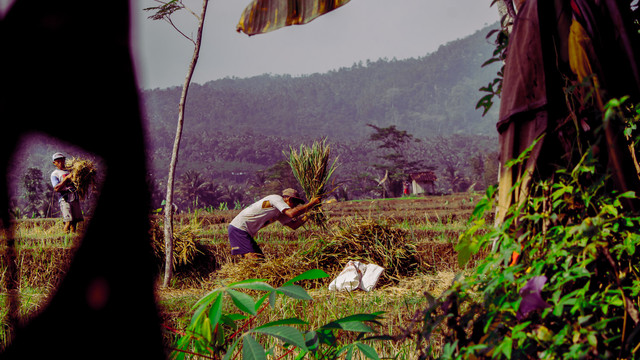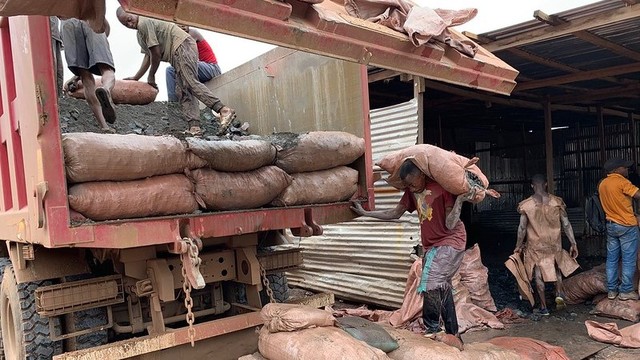Mining: Implementing sustainability needs new perspective
When stakeholders at IIED's Fair Ideas conference in Rio discussed how the mining industry has fared in meeting the Mining, Minerals and Sustainable Development initiative (MMSD) agenda set 10 years ago, the challenge of implementation kept cropping up.

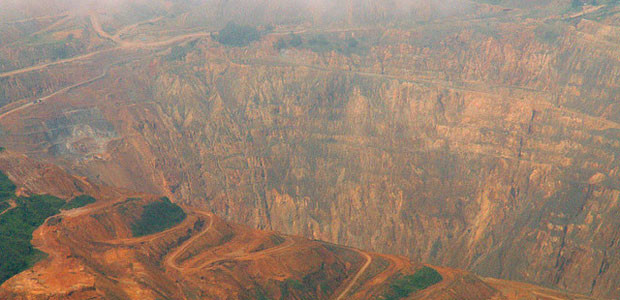
Open pit mine in Central Cebu, Philippines.Credit: Storm Crypt.
As my previous post reported, an understanding of sustainability and what good practice mining looks like has certainly increased over the past ten years. Many of the panellists agreed on this, and Ben Peachey, ICMM’s Communications Director, explained how ICMM’s member companies now report on the Sustainable Development Framework – a set of good practice principles that emerged from of the MMSD process. Panellist Lina Villa Cordobas, Executive Director for the Alliance for Responsible Mining, also commented on the increasing commitment to sustainability at the highest levels and an emerging awareness among consumers of the importance of sustainable mining.
Challenges
But when the talk turned to challenges – the key issues that need to be solved in the next 10 years – poor implementation was mentioned time and again by both panellists and audience. “We have to mine but we have to do better” said Fred Heivilin, from the Society for Mining, Metallurgy, and Exploration, Inc.
Caroline Digby was the research manager for the MMSD project. She pointed out that over the past ten years we seem to have focused on creating the rules, and haven't given their implementation, or the consequences for not complying, enough attention.
And what, she asked, are the priorities now for communities and governments? I agree that this is the question we need to address. We need practical action that responds to communities’ needs. While MMSD asked ‘what are the priorities for mining companies,’ we now need to focus more on understanding and meeting the priorities of communities and governments.
A case study shared
The second half of the session shared a case study from Anglo American’s Nickel Unit and a Brazilian NGO, Agenda Publica. Their story tries to address the 'on the ground' challenges of sustainable mining. Sergio Andrade, from Agenda Publica, said that mining operations “complicate the social fabric” of the town, city or community within which they operate. Strengthening the link between communities and their democratic representatives is crucial to overcoming the social problems, conflicts and tensions mining creates.
But formal structures don’t guarantee participation, so Agenda Publica has been working in partnership with Anglo American to strengthen the informal dialogue between governments and their citizens. They’ve tried to create a mechanism for transparency and access to political decision making and to ensure local councils work within local socio-political situations and not in isolation from the realities their citizens face.
But if Anglo American, or other companies play this role, is there a risk of mining companies overpowering the State? Walter De Simoni, CEO of Anglo American’s Nickel unit, made clear they have no intention of playing the role of government. Their aim is to ensure that governments act properly with the money they get from mineral taxes. Their work with Agenda Publica, he said, is to “give the mayor’s office the tools to administer”.
Questions, questions
As Caroline Digby said, social issues are time consuming. And there are no technical solutions. So how do we progress thinking on mining’s ‘social licence to operate’? Clearly, we need to ensure we are empowering communities to make the right choices. But how? At this stage there are more questions than answers.
How do we ensure a real incentive for companies to engage effectively with communities and uphold local people’s rights?
What would this look like in the mid-tier and junior mining companies who have different (shorter term) incentives and fewer resources and skills?
How do we address the rights and needs of artisanal and small scale miners? Lina Villas asked how we know when it is appropriate to allow artisanal and when large scale mining?
What do you think?
I think that we need to achieve sustainable mining that reflects the priorities and concerns of local communities and artisanal miners, and that that perspective is key to answering many of the questions Sunday’s discussion threw up.
